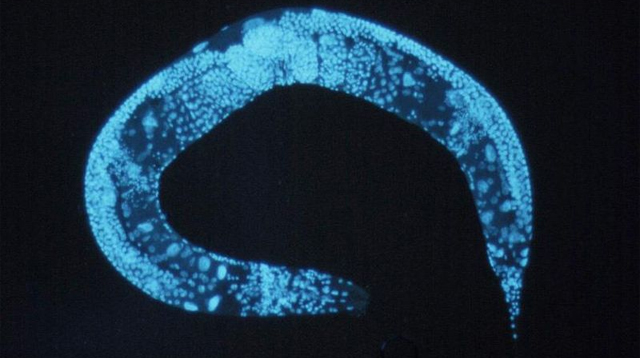
One of the workhorses of longevity studies is a little flatworm called C. elegans. Lots of scientists have come up with lots of ways to get these little guys to live longer than usual. With enough tinkering, they can live 4 or 5 times as long as their wild brethren. That's like a human living to be 500!
Work out of the Brunet lab at Stanford added another chapter to this story. They tinkered with how a worm uses its genes and found these worms lived around 25% longer than normal.
That’s old news though. What is exciting is the new study that shows that the worms passed this trait down to their kids and their grandkids.
These worms inherited the pattern of how their genes were used from the original parent. And now the kids and grandkids live longer than worms that have the exact same set of genes. All because of how an ancestor used its genes.
The effect is not forever though. The great grandkids live about as long as worms with the same set of genes. Apparently gene usage patterns reset to normal after three generations or so.
